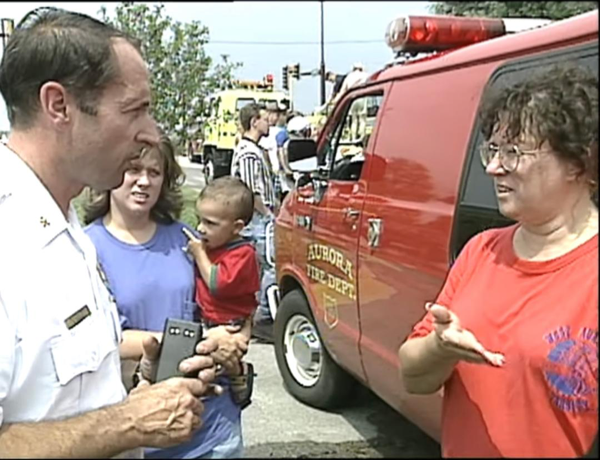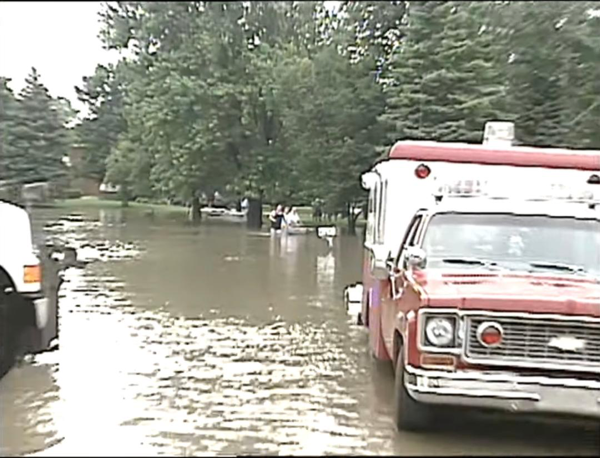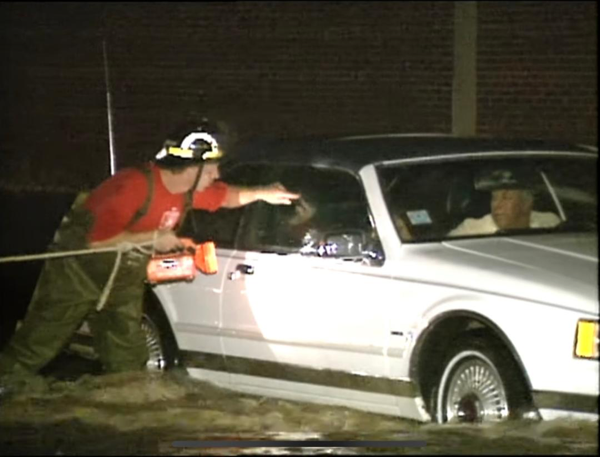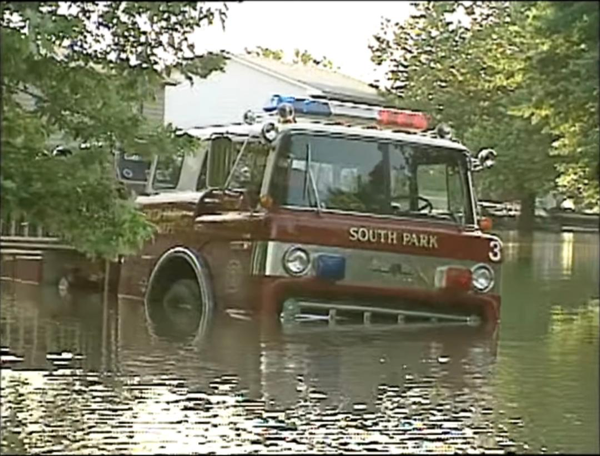This from Dave Weaver, Radioman911:
Aurora Flood 1996 documents the effects of a record setting rainfall that dumped nearly 17” of rain on Aurora in a 24-hour period. The video contains original and WGN TV news footage. It was posted on the 25th anniversary of the flood to the new RADIOMAN911 YouTube channel. It chronicles the flooding conditions in the region and includes some scenes of FD response from Aurora, Montgomery, and South Park FPD. (now part of Aurora Twp FPD)
Video by Dave Weaver





































